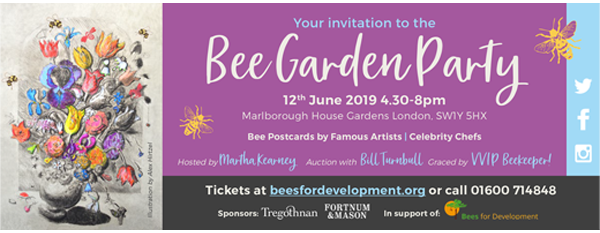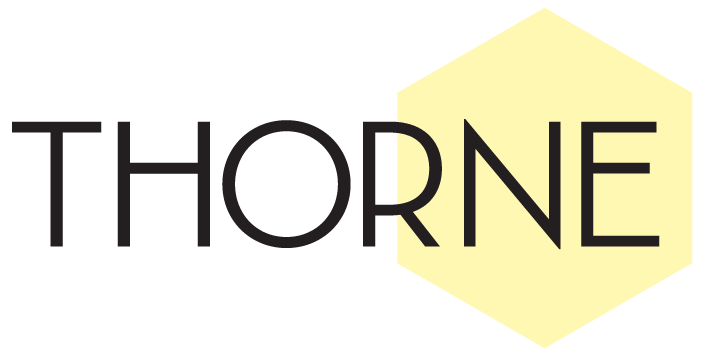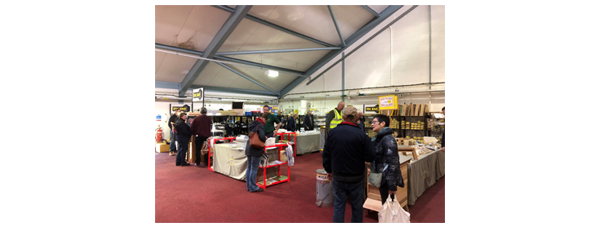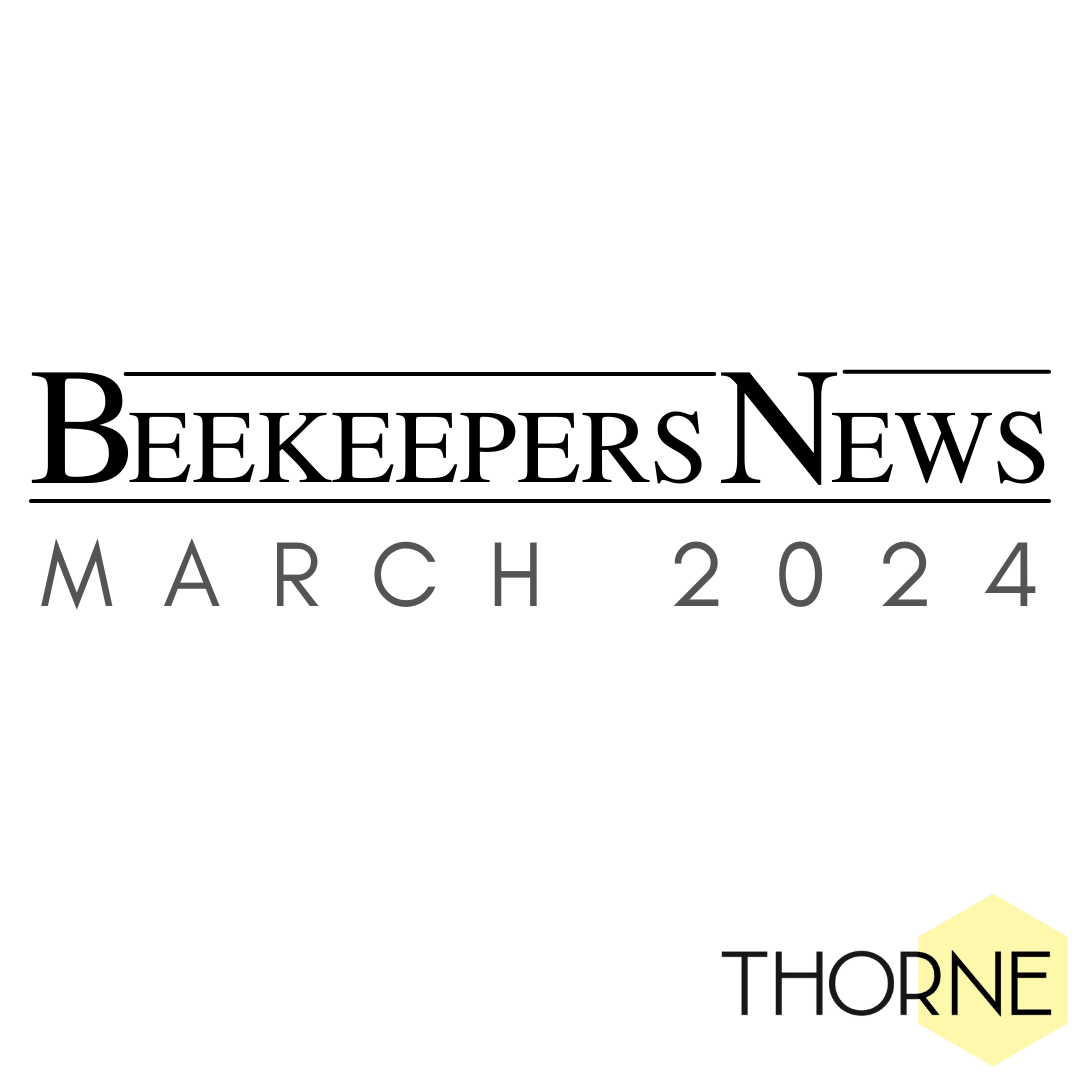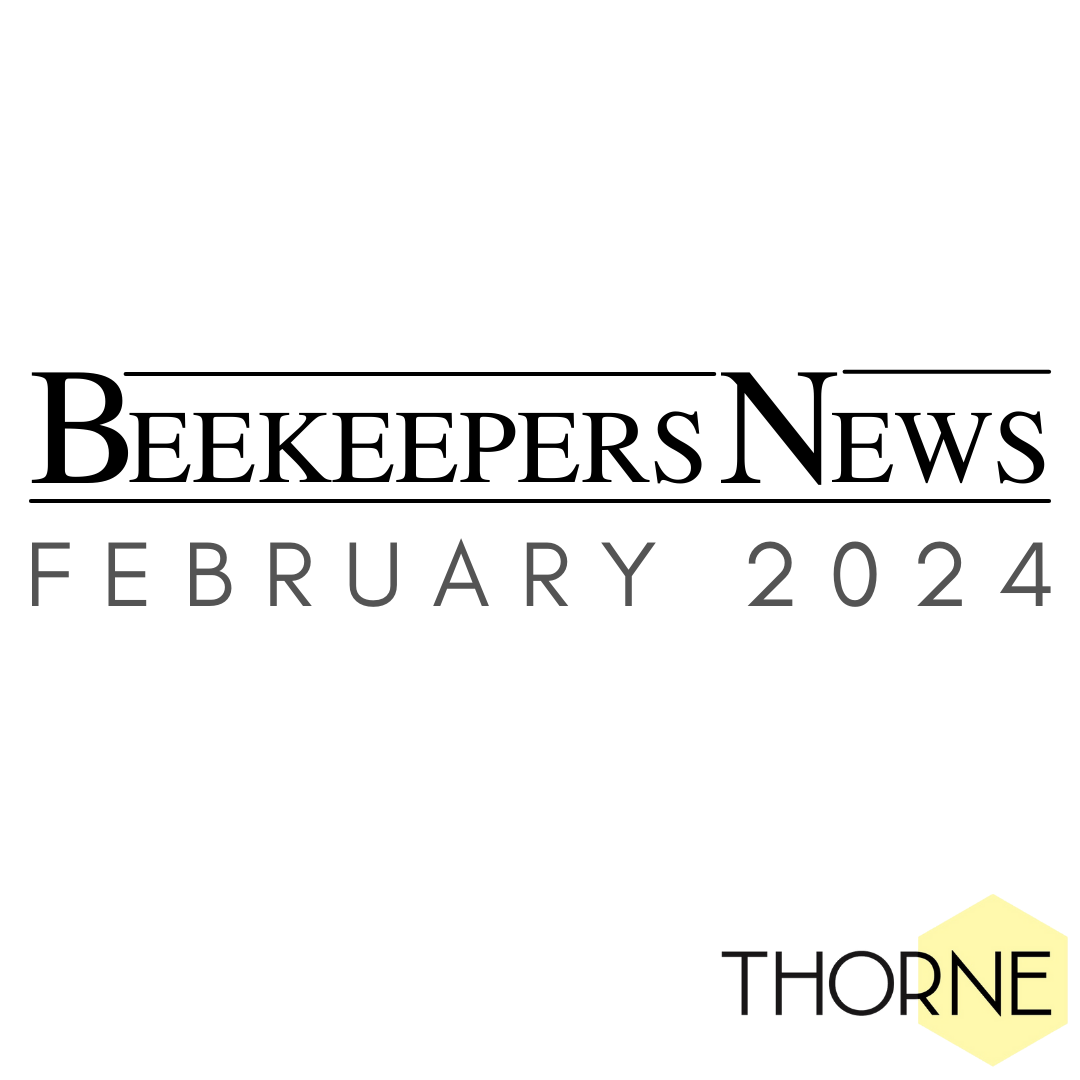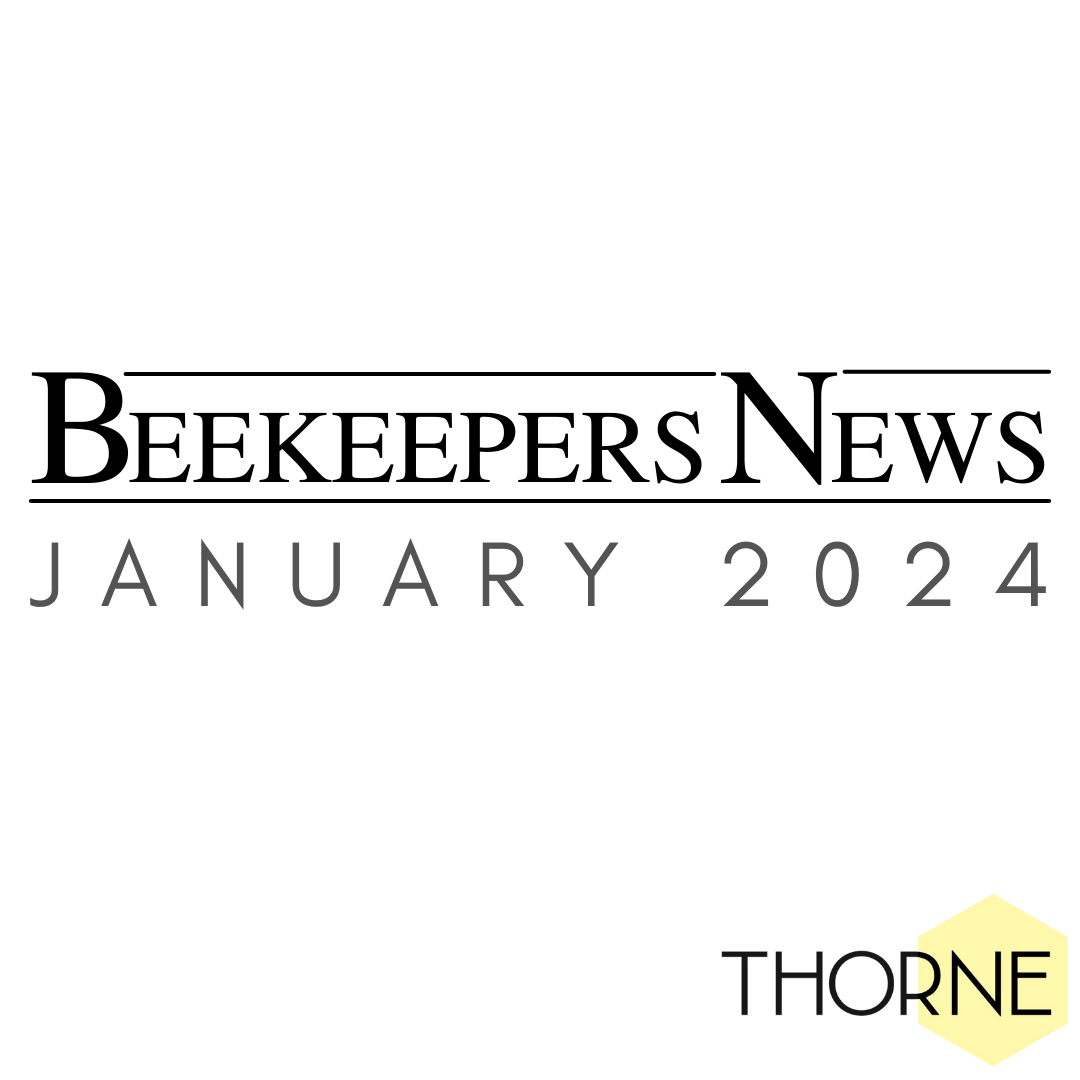March Roundup
As you read this newsletter we are already a few days into April with March a distant memory – but what a busy month we have had! March started with a bang with Bee Tradex. What a busy, well organised and enjoyable show it was. I didn’t have time to take any photos during the day but below are a couple before we opened for business. Next year we promise to have more staff both outside in the wax tent and in the hall and will try and get those queues a little shorter.
Last weekend we had the Welsh Beekeepers Spring Convention. It was great to see so many familiar and new faces. We hope you all enjoyed this very friendly show.
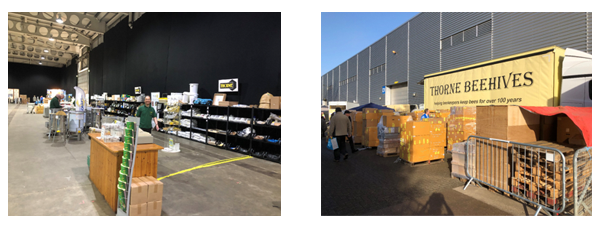
Next time you visit our Windsor shop you are in for a treat. We have finally moved across the yard into a much bigger shop – all the address details are the same. We will be displaying even more equipment, so why not pop along and take a look?
Equipment Focus
This month’s equipment focus is on the Queen rearing clip-on frame and Clip-on cell cups, a simplified way to use a queen rearing frame.
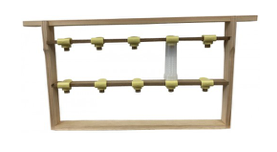
A queen rearing frame is used in conjunction with the Nicot cupkit system for rearing your own queens. It avoids grafting, making queen rearing a simpler process. This clip-on frame is a modified DN4 (British Standard Deep Hoffman) with two removable oak inserts running lengthways across the frame. This maximises the space you can use and therefore increases the number of queens you can rear on each frame.
Using the Nicot cupkit, the queen should have laid eggs in the small brown cell cups. The cell cups of these are compatible with the Clip-on cell cups. Any brown cell cups with eggs then need to be transferred to the Clip-on cell cups and clipped onto the oak bars on the frame.
Next, the frame needs to go into a strong colony that has been made queenless so that the bees will draw out some new queen cells and nurture the developing queens. Nicot hair roller cages can then go on to protect the queen cells and newly hatched queens. The Queen rearing clip-on frame is made from Western Red Cedar with oak bars at Rand in Lincolnshire and costs just £6.50. To purchase with 10 clip-on cell cups, the price is £11 and with 10 roller cages as is just £14.60.
Ask our expert
Please email us at sales@thorne.co.uk if you have a question for our experts.
When to put a super on a hive
The main advice for putting supers onto hives is to be prepared! Get all your equipment ready well in advance of a honey flow (winter is a good time to get these jobs done). You will need supers, frames, queen excluders and something to remove bees from the supers when you are ready to take off honey.
The honey flow will start once plants start flowering. Depending on where you are in the country, you will experience this at different times – it might be earlier in the south than in the north. One thing to remember is not to place supers on the hive too early as this just creates extra room that the bees have to keep warm. As the honey flow starts, (or just before if possible), place a super on top of the brood box with a queen excluder in between. Preferably, this should be a frame of drawn comb as it takes a lot of energy and honey for bees to build wax. It saves time as bees can put nectar straight into the combs and also gives them extra air space to be able to evaporate the water content off.
If you do not have any drawn comb and only have foundation wax, leave out the queen excluder and place the super straight on top of the brood body. Bees are unlikely to go through a queen excluder to draw out foundation. After the comb is drawn, make sure the queen is in the brood box, place the queen excluder on top of the brood body and put the super back on.
Additional supers may be added one at a time, two at a time, or more, depending on how good the flow is or when you plan to next visit the apiary. There are two main ways people add multiple supers to a hive (although there are more variations):
Place additional supers on top of the first super. The bees will go up to these additional supers when they need the extra space.
Place additional supers underneath the first super. Some people say that moving the first super further away from the colony and placing an empty super in between them increases foraging instinct.
For both methods, make sure you have enough spare supers and get extracting so that the ‘wet supers’, as they are called, can be placed back onto the hive quickly and filled up again. These frames are very useful as they are already drawn.
The general rule is that the bees should never be using all of the comb available to them. When a super is half to two thirds full, add another super. When the second super is half full and the first completely full, add a third super, etc. Supers may be removed when the frames are fully or two-thirds capped with wax.
If in doubt about how many supers to add, be generous. During a honey flow, it will not do the bees any harm to have the extra space, as it should also be fairly warm. Whichever way you chose to add your supers, you will have to choose a method of clearing the bees from them when they are full. There are a few ways to do this. You can simply brush the bees off (not recommended), use a clearer board or use Bee Quick spray with a fume pad to quickly rid the supers of bees. Lifting supers is heavy business so make sure you have someone to help or at least the tools to make it easier.
Beekeeping Blog
March 2019
The glorious weather at the end of February meant our bees really were out in force foraging and expanding their colonies. Unfortunately, this was followed by a horrible, wet and windy spell at the beginning of March, forcing the bees to stay inside their hives. As a result, they ended up eating a lot of the stores they had just gathered and so they needed feeding again to get them through the rest of those wet and windy days. Not ideal but that’s beekeeping!
Thanks to storms Freya and Gareth, as well as making sure the bees had enough food to eat, I also had to make sure the hives were still standing! To my relief, not one had been blown over but some of the entrance blocks had popped out in the winds. This could have made it fairly blustery for the bees in those hives. There’s a lesson – fit entrance blocks tightly into the entrances so they stay secure in strong winds, otherwise you may end up chasing them round the apiary.
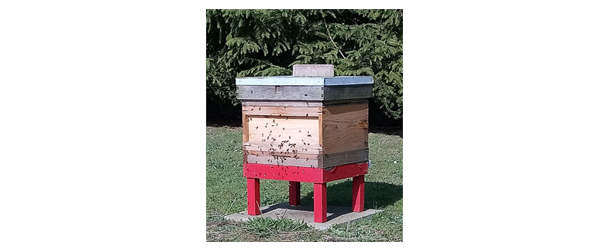
The second half of March brought us some lovely, warm weather here in Lincolnshire allowing the bees to get out and forage once more. They have been spotted bringing in hordes of pollen and the hives are feeling much heavier than they were at the start of the month. The picture above shows a colony that began as a nucleus last year. It seems to be going from strength to strength so I have high hopes for it this year.
Next month, fingers crossed, we will be able to get out and do some proper beekeeping!
Disease Focus
Chalkbrood
Chalkbrood disease is caused by the fungus Ascosphaera apis. It can hinder a colony’s build-up but it is not normally a serious problem for honeybee colonies.
Cause
Chalkbrood is caused when the fungus Ascosphaera apis is ingested by a larva. It penetrates the gut wall and competes with the larva for nutrients. The larva therefore eventually dies of starvation. Over time, each dead larva turns into a chalkbrood mummy which will produce millions of infectious spores and infect the colony further.
Symptoms
Symptoms usually appear in early spring as colonies start to build up. This is in part due to the damp and cold conditions typical of British springtime which encourage fungal spores to grow. Once the larva is dead, it swells to fill the brood cell and eventually hardens to a form a chalky mummy. It becomes a mottled white/ black colour and can be heard rattling around in cells if a frame is shaken. Chalkbrood mummies can often be found at the entrance to the hive or on the floor outside, where bees have tried to remove them. If the infection is bad, colonies will also show a pepper pot brood pattern.

Spread
A. apis is highly infectious and can be easily spread between hives through robbing and drifting of drones and worker bees. Spores can be transferred between apiaries on contaminated equipment and through the intervention of the beekeeper.
Treatment
Chalkbrood is not normally a serious problem for strong, healthy colonies. Colonies under stress (e.g. from varroa infestation) or those who are located in damp conditions may be more susceptible. Apiguard has been shown to be effective against Chalkbrood but the best way to avoid it is to keep strong stocks, avoid the damp and re-queen any that seem susceptible to the disease.
Bees for Development Update
Bamboo hives
Bamboo is a wonderful material – fast growing, sustainable and with a wide range of uses. Bamboo fabric is now much promoted as a sustainable alternative to cotton. But what about bamboo beehives?
In Uganda, bamboo hives are widely used. The hives are made using fresh bamboo which is easily split and woven to create strong, yet light hives. It is easy to modify the size and shape to suit the beekeeper’s style. The hives are then covered with a mix of cow dung, clay or ash. The narrow end is created with small holes for the bees, the wider end is closed with a removable honey door.
Prior to siting, the hives are baited by placing over a cool fire of old brood comb and herbs. In Uganda craftspeople sell bamboo hives for between £2.50 and £8.00. These low-cost hives are accessible to people with few financial resources, and the simple metric of more hives = more colonies = more honey means that bamboo hives can be the key to unlocking the potential of beekeeping.
See this movie clip to see hive making in Uganda.
Bees for Development is now raising funds to teach bamboo hive making in Ghana. Did you know that there are more than 1000 species of bamboo? For people interested in the UK-version of bamboo hive making – Click here to join our course on willow hives.
National Honey Show News
The National Honey Show will be taking a stand at The BBKA Spring Convention on Saturday 13th April, so do come and visit us in the ‘Not for Profit’ hall. You can collect copies of the National Honey Show publicity leaflet from our stand, or from the Northern bee Books stand, or the Thornes stand. Do please collect leaflets for distribution to your association, and to take to county shows etc. If you need a large number, please email us: publicity@honeyshow.co.uk in good time with your order, and we’ll have them packaged and ready for you.
Braggot (in the beer section) 2 bottles, minimum 330ml, not commercially available. Honey must be an ingredient.
Branch or Association Newsletter Three latest editions of a branch or association newsletter, to be submitted in electronic format.
Beeswax wrap two matching pieces. Each 30cm square. One piece will be used to wrap a food item which will supplied by the Show on Wednesday.
These, together with the full set of rules and regs will be published in the Schedule. Both Schedule and entry form will be available on the website, as well as posted out to members around mid August.
We have some interesting workshops lined up, we always try to introduce new ones and freshen up the old favourites, so watch this space for more news soon.
As always, we look forward to seeing you at the next National Honey Show Thursday 24th
Beeswax wrap two matching pieces. Each 30cm square. One piece will be used to wrap a food item which will supplied by the Show on Wednesday.
These, together with the full set of rules and regs will be published in the Schedule. Both Schedule and entry form will be available on the website, as well as posted out to members around mid August.
We have some interesting workshops lined up, we always try to introduce new ones and freshen up the old favourites, so watch this space for more news soon.
As always, we look forward to seeing you at the next National Honey Show Thursday 24th to Saturday 26th October 2019 at Sandown Park Racecourse, Esher, Surrey KT10 9RT.
Upcoming Events
BBKA Spring Convention – Saturday 13th April
Beekeeping Course – 11th May
Beekeeping Course – 18th May
Bee Safaris
Treat yourself to a wonderful holiday while supporting BfD’s work with beekeepers.
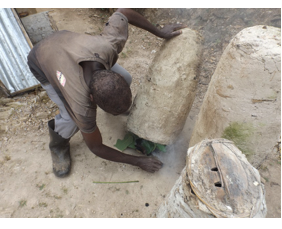
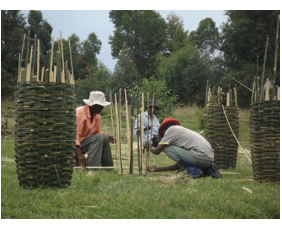
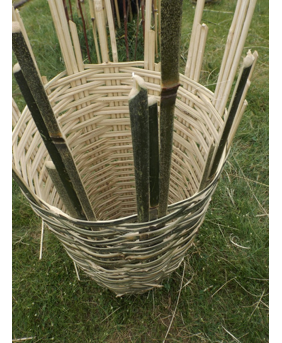
Ethiopia in November 2019
Experience the richness of Ethiopian culture, meet the lovely people whose lives have been transformed by beekeeping, and see how they make basket hives and catch swarms. You will visit also the famous rock churches of Lalibela, sail on Lake Tana, see the source of the Blue Nile and explore Africa’s largest market in Addis Ababa. Click here for more details.
Trinidad & Tobago in February 2020
Your host’s extraordinary hospitality will enable you to experience tropical beekeeping. As well as enjoying the varied and dramatic tropical fauna and flora of the islands, bathing in the Caribbean and sampling the famous gastronomy, you will gain insight into how Caribbean beekeepers work. You will have encounters with Stingless bees and Africanised honey bees. See here and here for more details.
